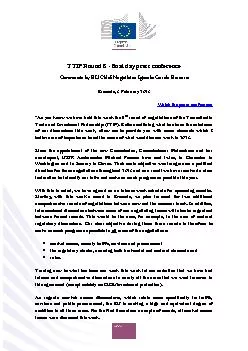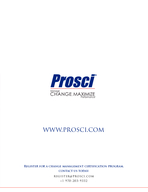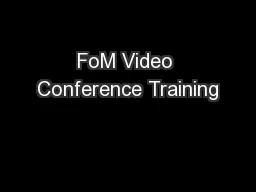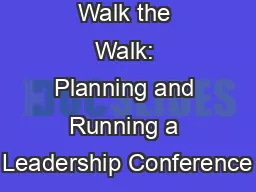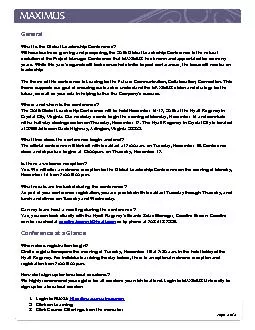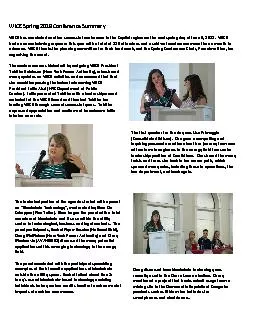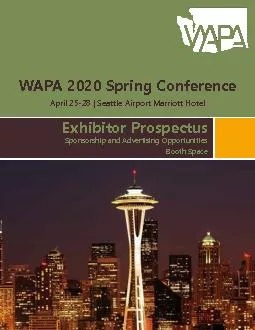PDF-final day press conference
Author : pamella-moone | Published Date : 2015-10-14
TTIP Round 8 Comments by EU Chief Negotiator Ign acio G a rcia Bercero B russels 5 2015 Watch the press conference As you know we have held this week the 8 th round
Presentation Embed Code
Download Presentation
Download Presentation The PPT/PDF document "final day press conference" is the property of its rightful owner. Permission is granted to download and print the materials on this website for personal, non-commercial use only, and to display it on your personal computer provided you do not modify the materials and that you retain all copyright notices contained in the materials. By downloading content from our website, you accept the terms of this agreement.
final day press conference: Transcript
Download Rules Of Document
"final day press conference"The content belongs to its owner. You may download and print it for personal use, without modification, and keep all copyright notices. By downloading, you agree to these terms.
Related Documents

